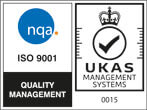We created DM3068Basic.VI to allow users to remotely program Rigol DM3068 Digital Multimeters. It is built using LabVIEW 2010 and utilizes National Instruments VISA for communication over USB.
The program allows users to select from a number of basic instrument functions, like DC Volts, AC Current, and resistance. It also allows the user to define a number of readings to return as well as a delay, or dwell, between measurements.
In this way, a user could collect data over a specific time frame with data points collected on a defined interval.
Steps:
- Connect power cord to instrument
- Connect USB cord to instrument and PC. The PC should recognize the DMM and notify you that a new Test and Measurement Device (IVI) has been connected.
- Connect the DMM to the circuit or device of interest.
- Select the instrument of interest from the VISA Resource Name Drop down
- Select the Measurement Function of interest
- Select the number of measurements and measurement delay
- If you would like to save the data, check the “Save Data?” checkbox. This will allow you to select the location of the saved Text File.
- If you would like to save the data, check the “Save Data?” checkbox. This will allow you to select the location of the saved Text File.
- Then press “RUN” to execute the commands.
- .As the instrument collects data, it will place the new readings in the Data indicator.
- After the instrument has performed all of the measurements selected, the program will finish. If you have selected the “Save Data?” option, select the location and enter a file name with either TXT or CSV as the extension to save.
File Format: The saved file is formatted with the date, time, and function header followed by comma separated readings
If you open the file using a spreadsheet program such as Excel(c) or OpenOffice Calc, you can disable all of the delimited values:
















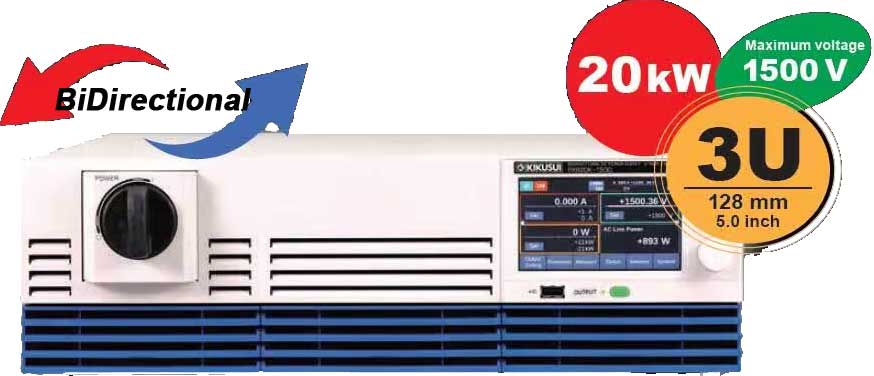





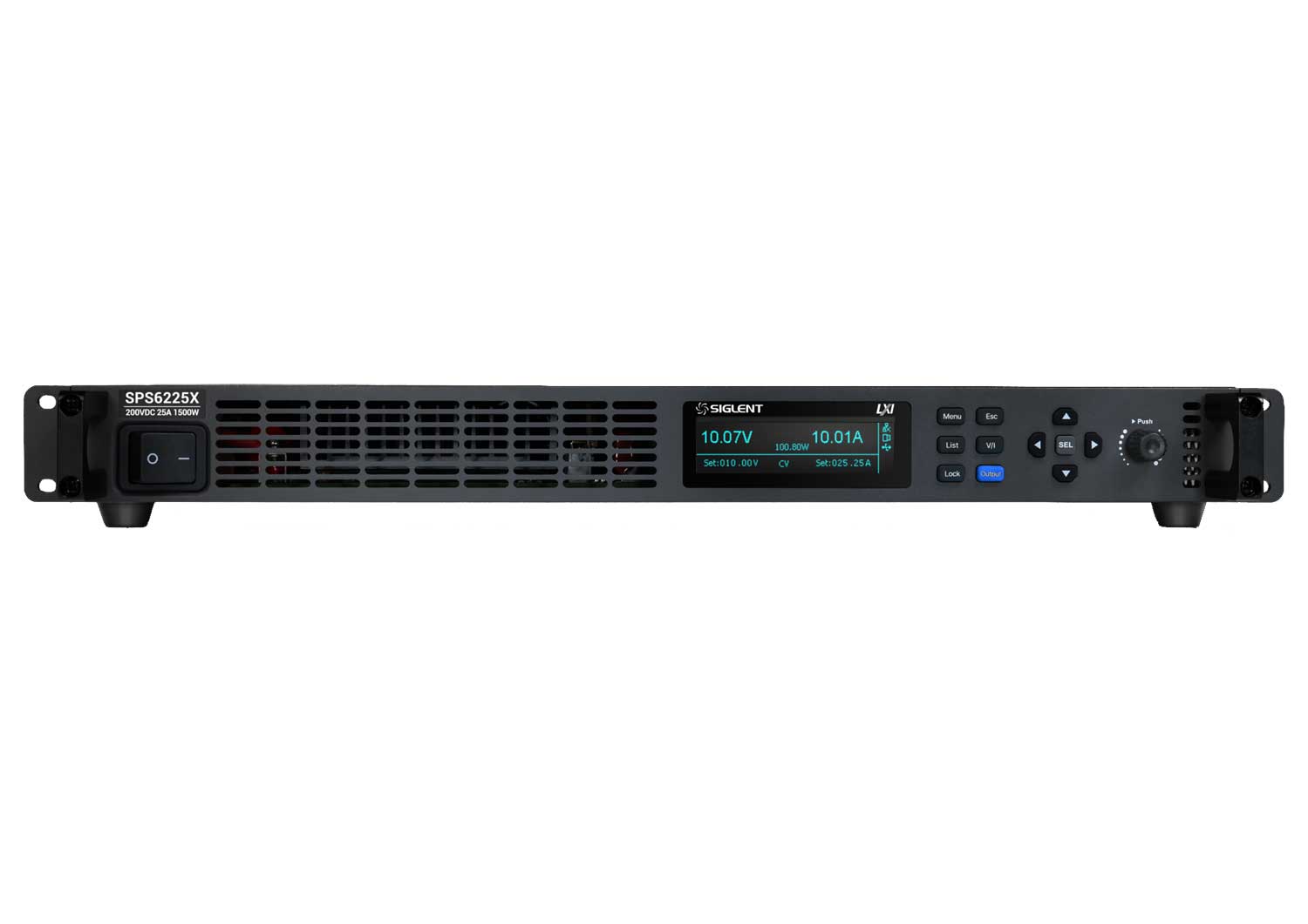

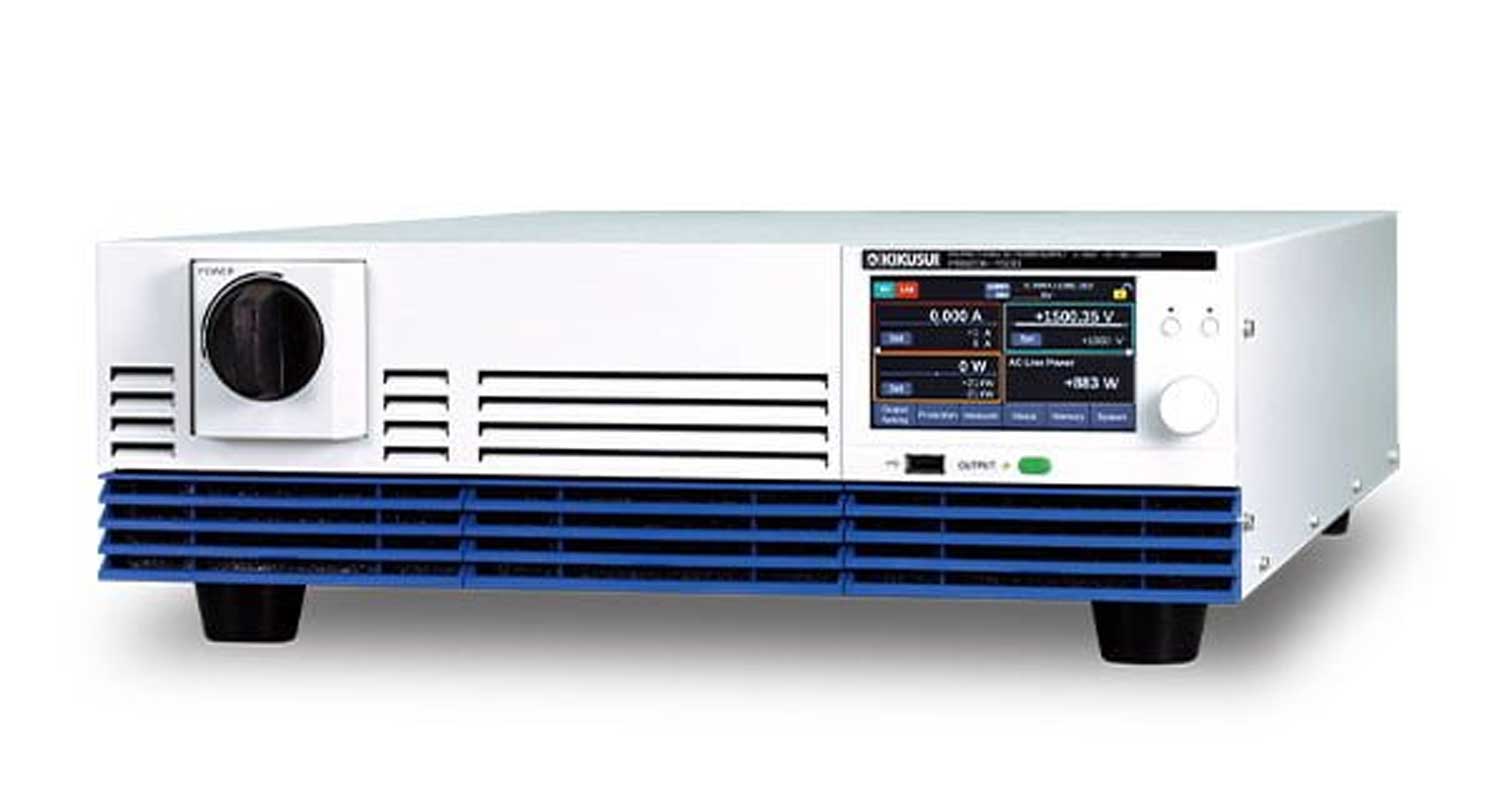











































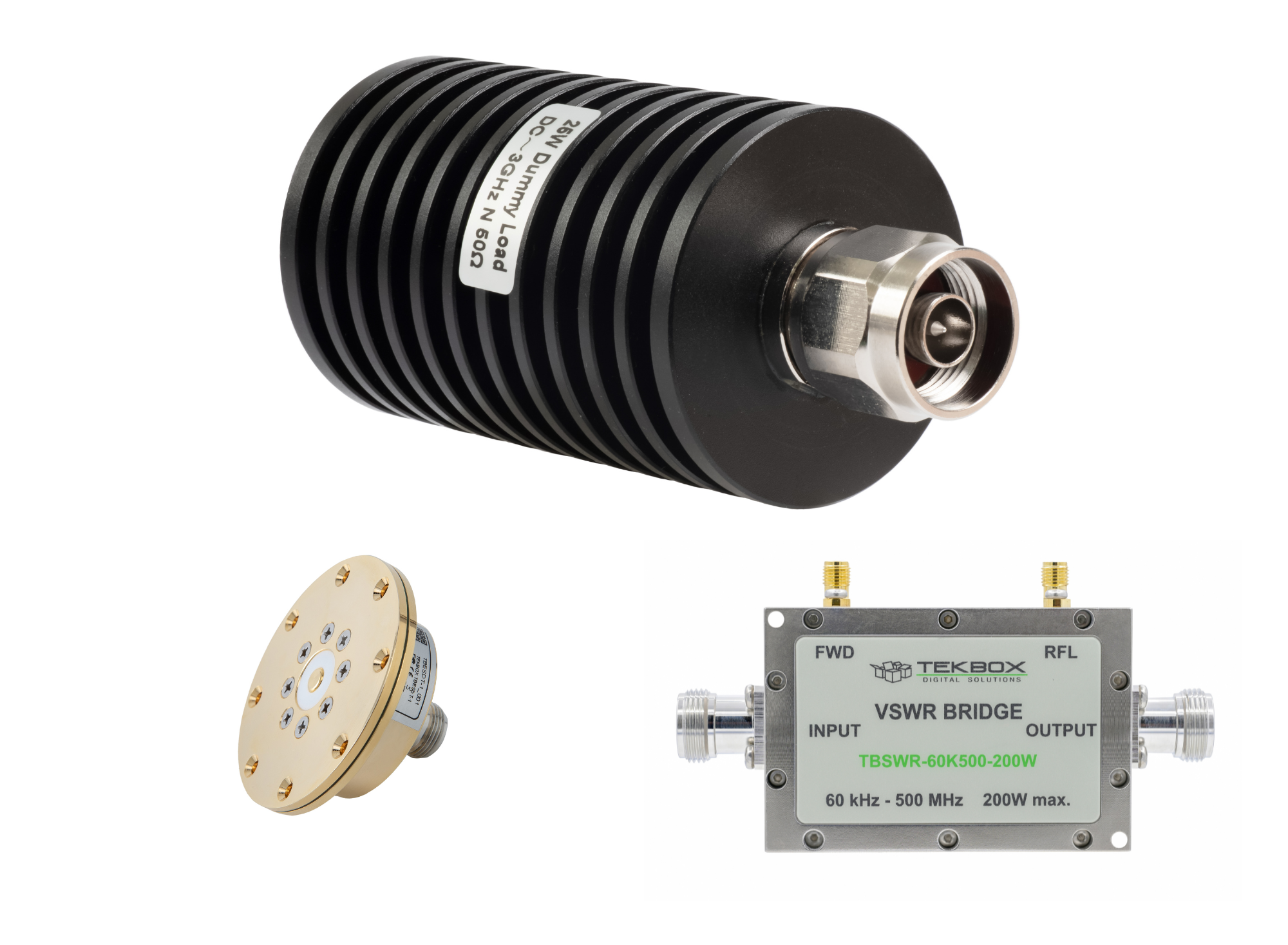




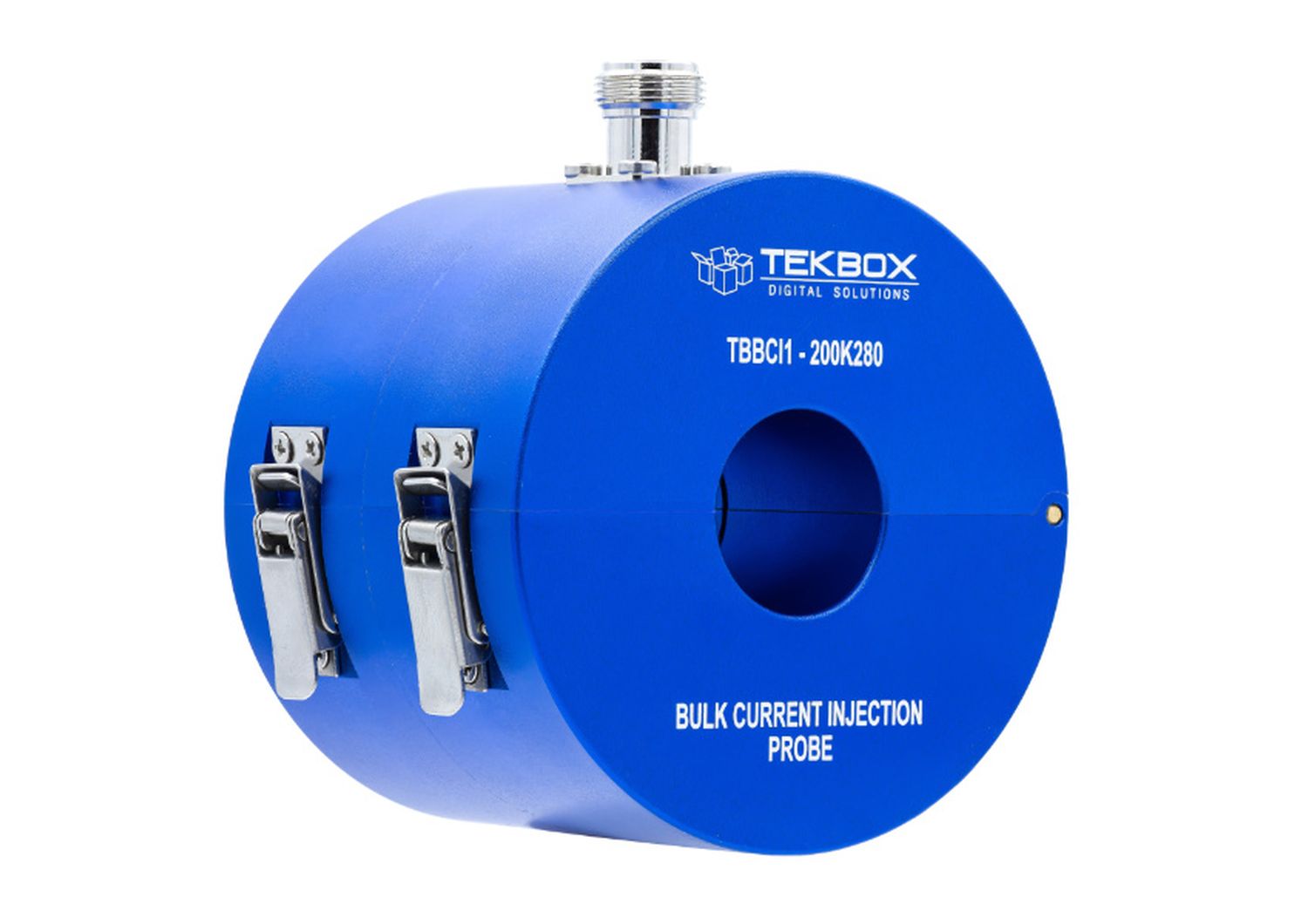






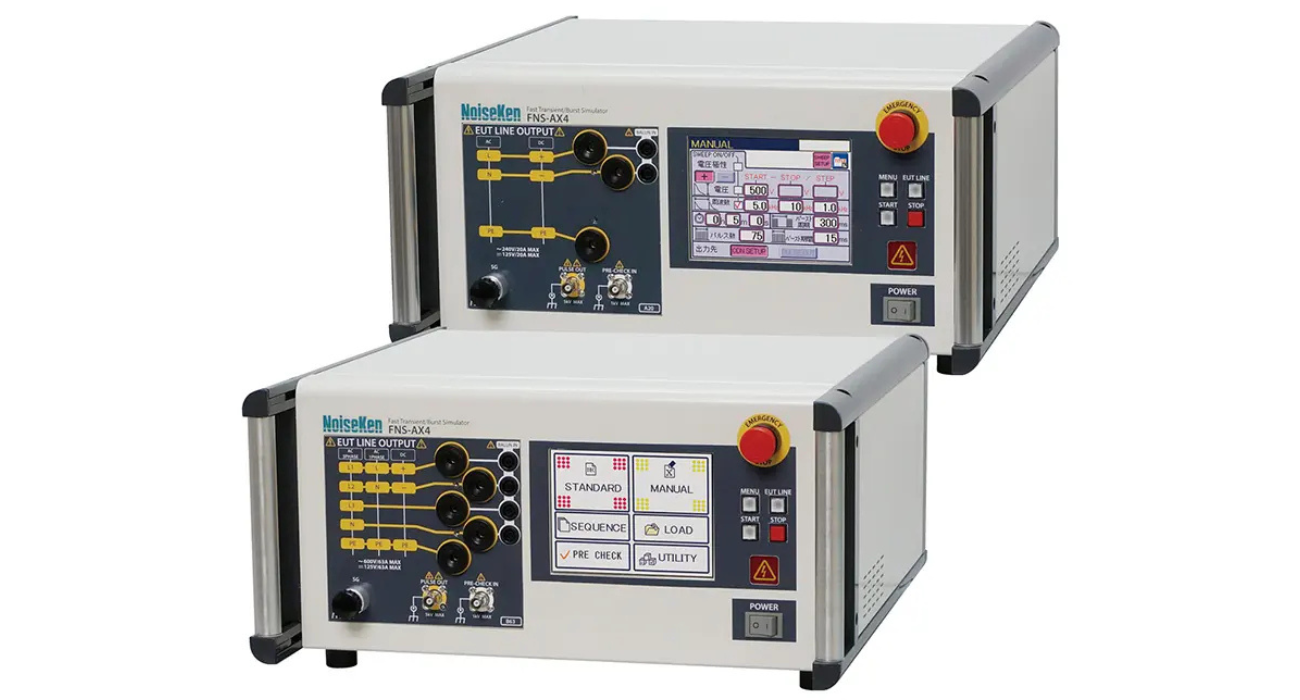
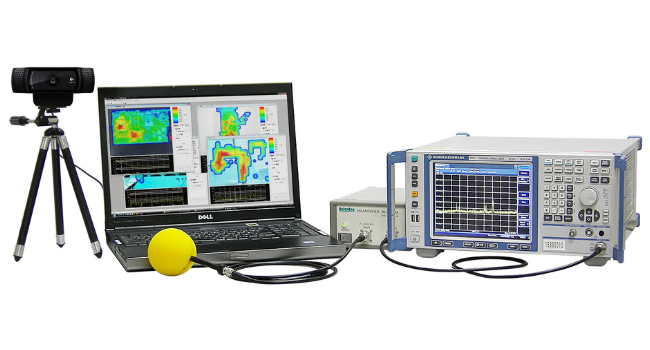















 FREE SHIPPING £75+
FREE SHIPPING £75+
 CELEBRATING 50+ YEARS
CELEBRATING 50+ YEARS
 PRICE MATCH GUARANTEE
PRICE MATCH GUARANTEE


